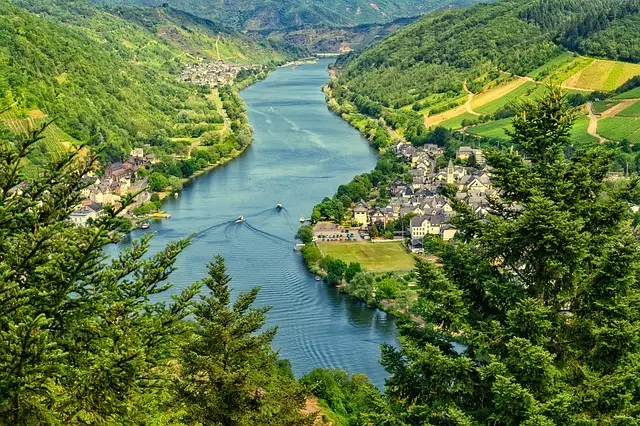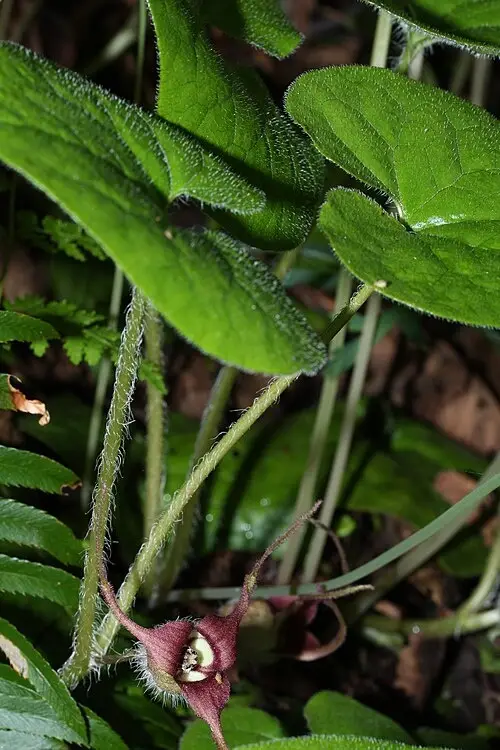How Beavers Can Fully Revitalize a Farm ?
When most farmers think of ways to improve their land, they might consider crop rotation, irrigation systems, or livestock management. But one of the most powerful, and often overlooked, tools for farm revitalization is the beaver. These industrious rodents are nature’s ultimate ecosystem engineers, capable of transforming degraded farmland into thriving, resilient landscapes.
The Beaver’s Superpower: Water Management
Beavers build dams, creating ponds and wetlands that offer numerous benefits:
1. Restoring Water Retention
- In many farms, water runs off too quickly, leading to erosion and drought.
- Beaver dams slow water flow, allowing it to seep into the ground, recharging aquifers and maintaining soil moisture.
- This reduces irrigation needs and protects crops during dry spells.
2. Preventing Erosion & Improving Soil Health
- Fast-moving water strips away fertile topsoil. Beaver ponds trap sediment, rebuilding rich, nutrient-dense soil.
- The wetlands they create foster microbial activity, enhancing soil fertility naturally.
3. Creating Biodiversity Hotspots
- Beaver ponds attract frogs, fish, birds, and pollinators, boosting ecosystem health.
- More insects mean better natural pest control, reducing the need for pesticides.
- Grazing animals benefit from the diverse forage around wetlands.
4. Natural Firebreaks & Climate Resilience
- Wetlands act as firebreaks, protecting farmland from wildfires.
- By storing water, beaver landscapes stay cooler and more resilient to heat waves.
How to Introduce Beavers to Your Farm
If your land lacks beavers, you can mimic their techniques with “beaver dam analogs” (BDAs) – human-made structures that replicate their effects. Alternatively, some conservation programs relocate beavers to suitable habitats.
Key Considerations:
- Ensure beavers won’t flood critical infrastructure (like roads or buildings).
- Use flow devices to manage water levels if needed.
- Monitor vegetation to prevent over-browsing (though beavers prefer fast-growing species like willow).
Success Stories
- The Tulalip Tribes (Washington, USA): Used beavers to restore salmon habitat and improve water availability on tribal lands.
- Mike Callahan (Beaver Institute): Helped farmers in arid regions use beaver techniques to bring back dried-up streams.
- UK Farmers: Some British farms have reintroduced beavers, seeing reduced flooding and increased biodiversity.
Conclusion
Beavers are not just wildlife, they’re free, sustainable farmhands that can restore water cycles, enrich soil, and boost productivity. By working with these natural engineers, farmers can create more resilient, ecologically balanced land.
Want to revitalize your farm? Maybe it’s time to think like a beaver.
Would you consider introducing beavers to your land? Share your thoughts in the comments!
Have you seen beavers at work on farms? Let us know your experiences! 🚧🌿💧







